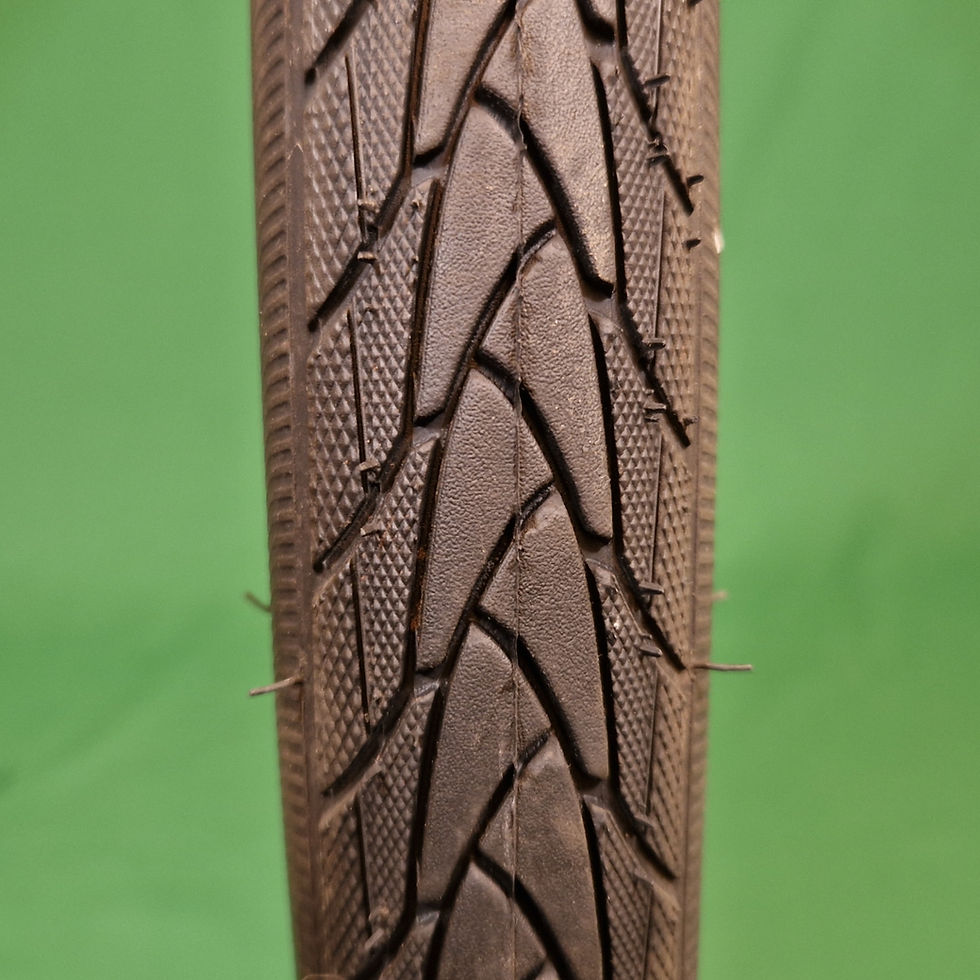"Avoid Buyer's Remorse: How to Choose the Right Bike for You"
- Matt Murphy
- Jan 17, 2023
- 3 min read
Choosing the right bicycle can be a daunting task, with so many options available on the market today. However, by taking into consideration a few key factors, you can find the perfect bike for your needs.
Brand and warranty:
First consider the brand and warranty of the bike you're considering. A good warranty can provide peace of mind and can be a good indication of the bike's quality. You also want to consider the dealer. Things do go wrong, can you rely on the dealer to look after you?
Purpose:
The next thing to consider is what you will be using the bike for. Are you planning on using it for commuting, leisurely rides, or off-road adventures? Different bikes are designed for different purposes, so it's important to choose one that matches your intended usage.

Fit:
The fit of a bike is crucial for both comfort and performance. Make sure to test ride several bikes to find the one that feels the most comfortable for you. Pay attention to the position of the handlebars and the distance to the pedals.
Frame material:
Bikes come in a variety of frame materials, including aluminium, carbon fibre, and steel. Each material has its own set of pros and cons, so consider your budget and intended usage when making a decision.

Suspension:
If you're planning on off-road adventures, a bike with a suspension system can provide a smoother ride and better handling. However, if you're primarily using the bike for commuting or leisurely rides, a suspension may not be necessary.
Groupset:
When buying a new bike, one of the most important decisions you'll make is choosing the right groupset. A groupset is a collection of mechanical and electronic components that make up a bike's gear and braking systems. Understanding the different options available will help you make an informed decision and ensure that you get the best bike for your needs.
First, consider the type of riding you'll be doing. If you're planning on using your bike primarily for commuting or leisurely rides, a basic groupset with a simple shifting system will likely suffice. However, if you're planning on doing more serious riding or racing, a higher-end groupset with advanced shifting and braking systems may be a better choice. Next, consider the number of gears you'll need. Most bikes today have between 18 and 30 gears, but the exact number will depend on the type of riding you'll be doing and your own fitness level. If you're planning on tackling steep hills or challenging terrain, more gears will be beneficial.
Another important factor to consider is the type of shifters the groupset uses. There are two main types: mechanical (cable-actuated) and electronic (battery-powered). Mechanical shifters are more common, and are generally considered to be more reliable and easier to maintain. Electronic shifters, on the other hand, offer faster and more precise shifting, but they require battery replacement and may be more expensive to repair.
When it comes to the brakes, consider the kind of brake you want, rim brakes or disc brakes. Rim brakes are the most common, and are generally considered to be more lightweight and easier to maintain. Disc brakes, on the other hand, offer better stopping power, especially in wet or muddy conditions, but they tend to be heavier and more expensive.
Lastly, consider the brand of the groupset. The most common manufacturers are Shimano, SRAM, and Campagnolo. Each brand has its own strengths and weaknesses, so it's important to research and compare before making a decision.
Ultimately, the right groupset for you will depend on your intended usage and budget. By considering all these factors, you can make an informed decision and find the perfect groupset for your needs.
By taking into consideration these key factors, you can find the perfect bike for your needs. Remember to test ride several bikes before making a decision, and don't be afraid to ask for help from a professional. Happy cycling!



































Comments